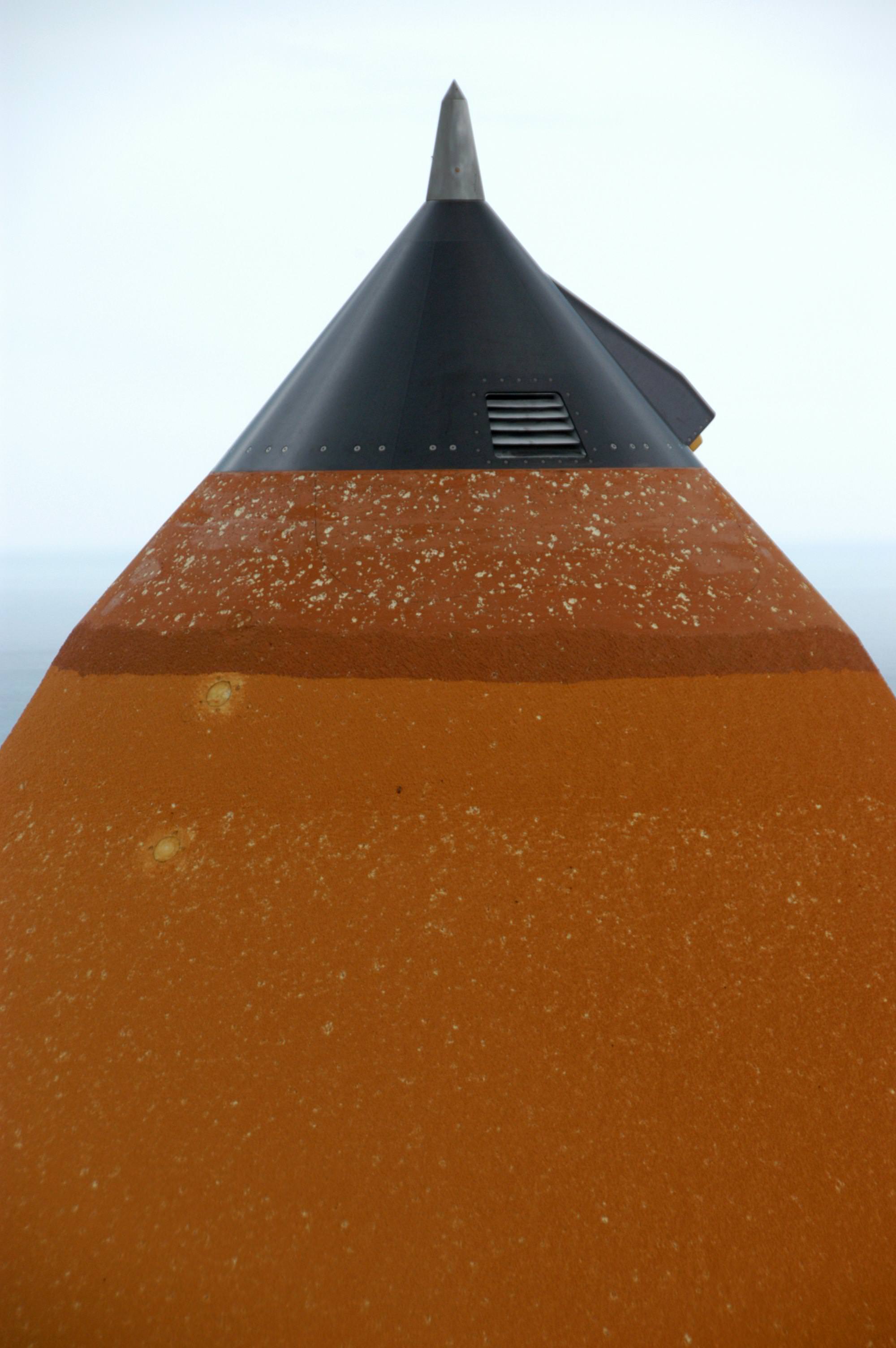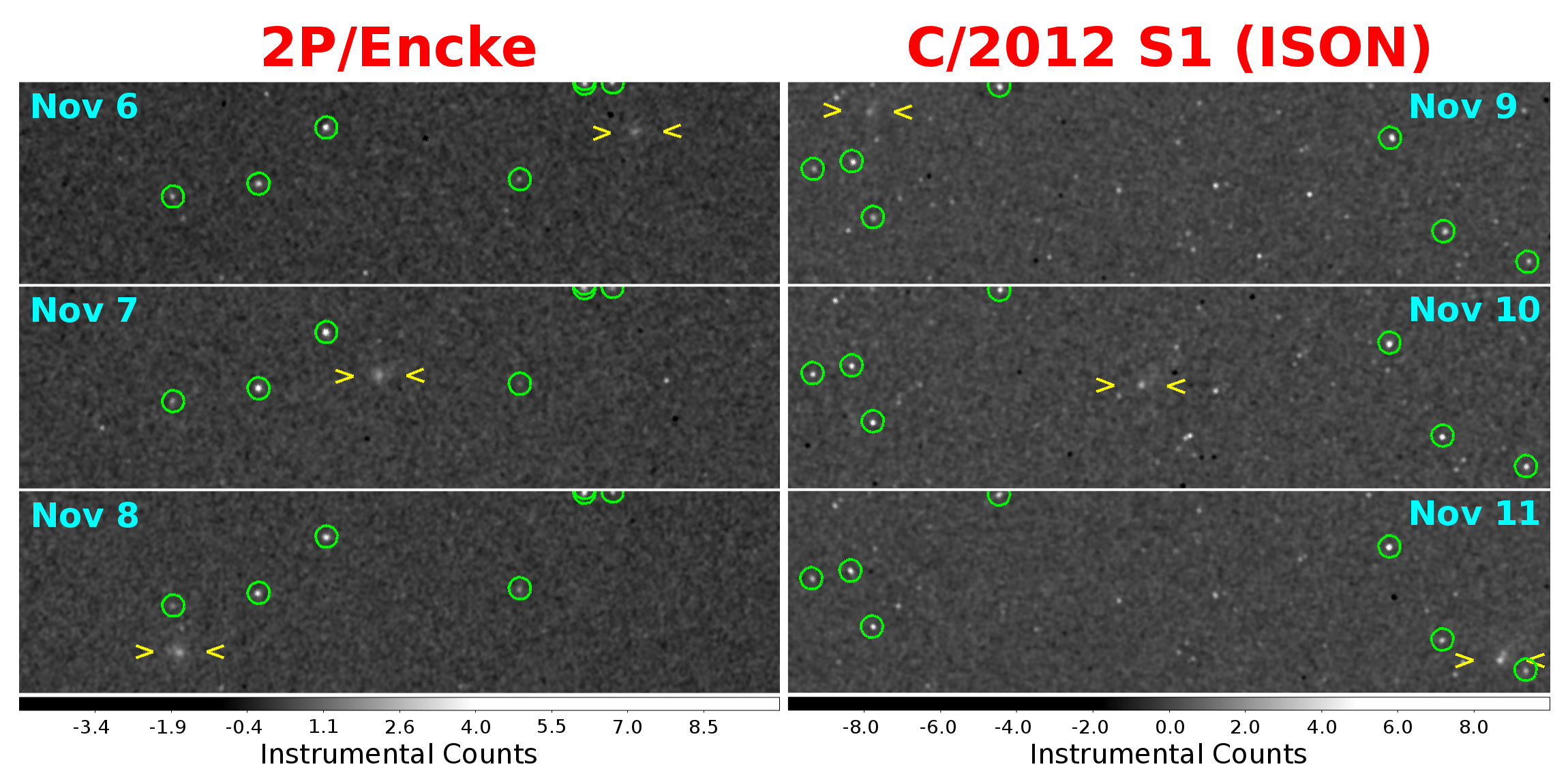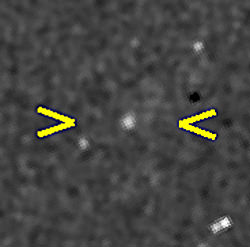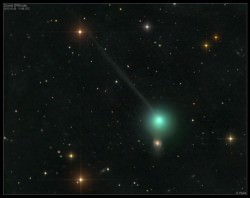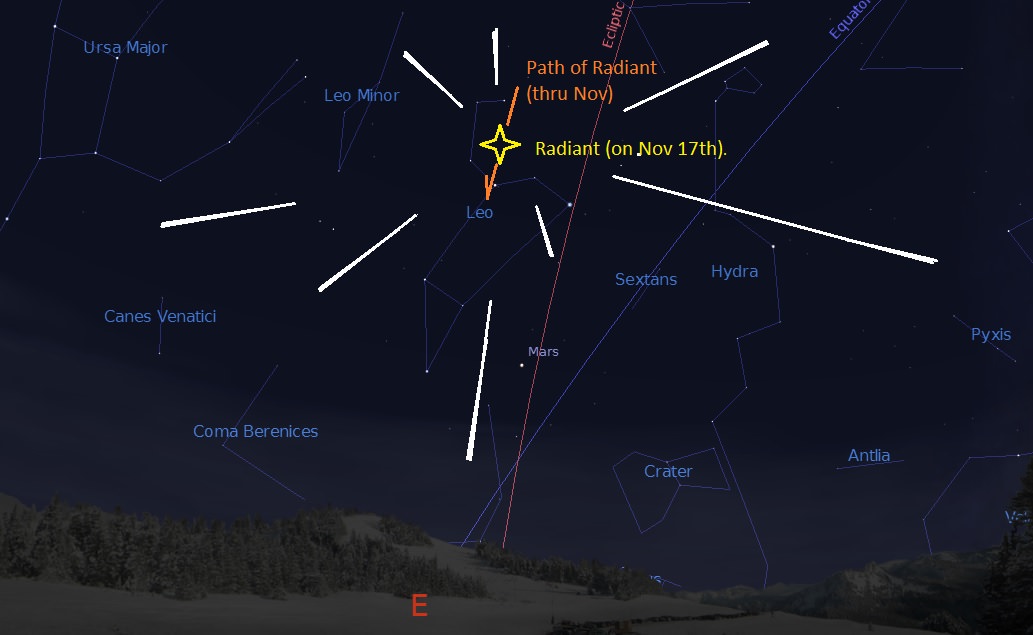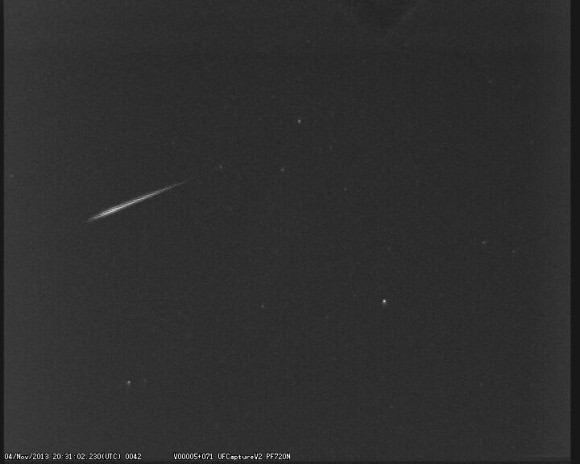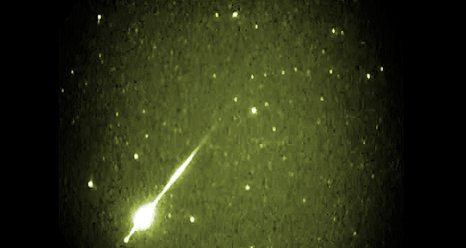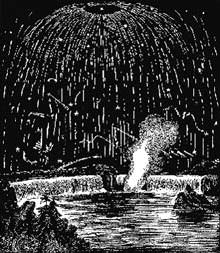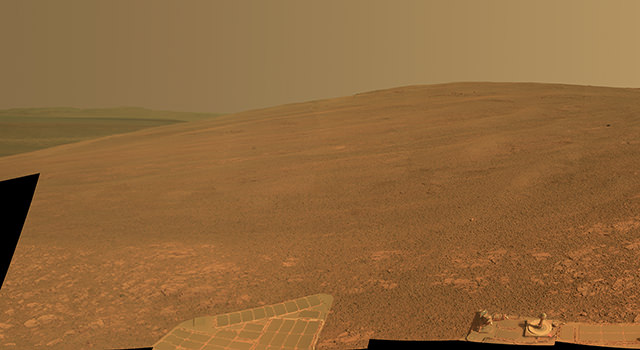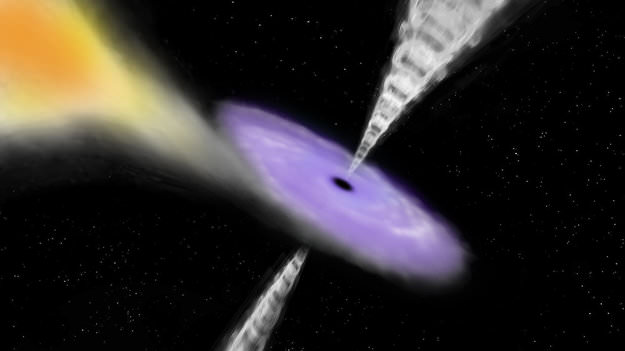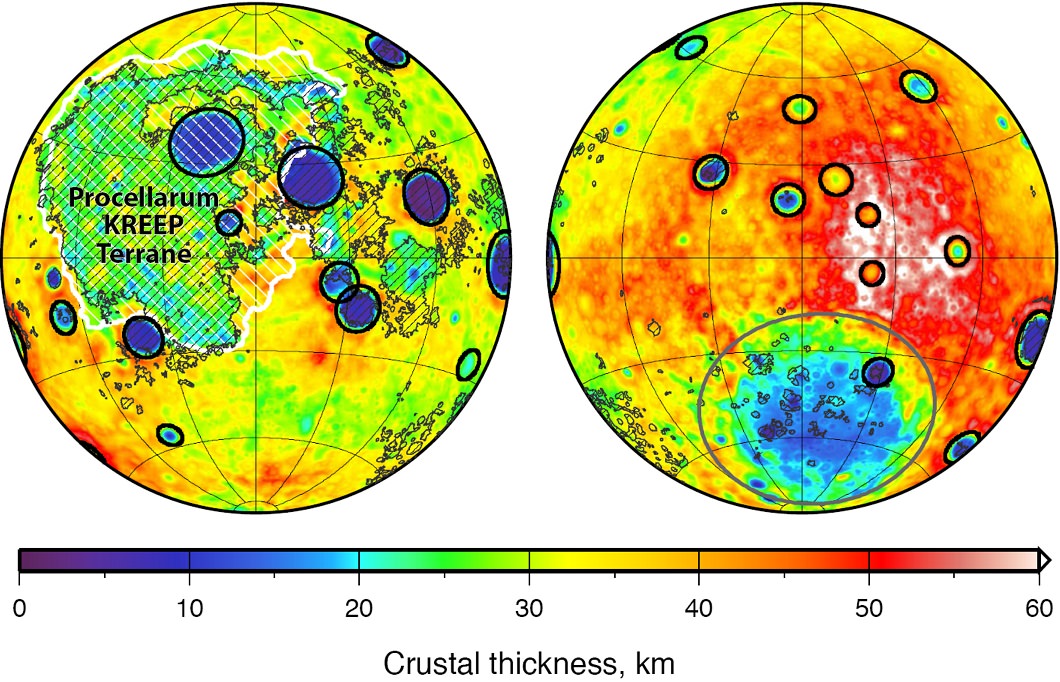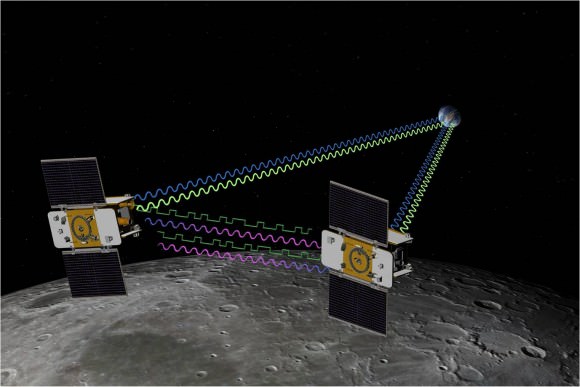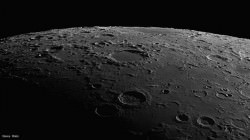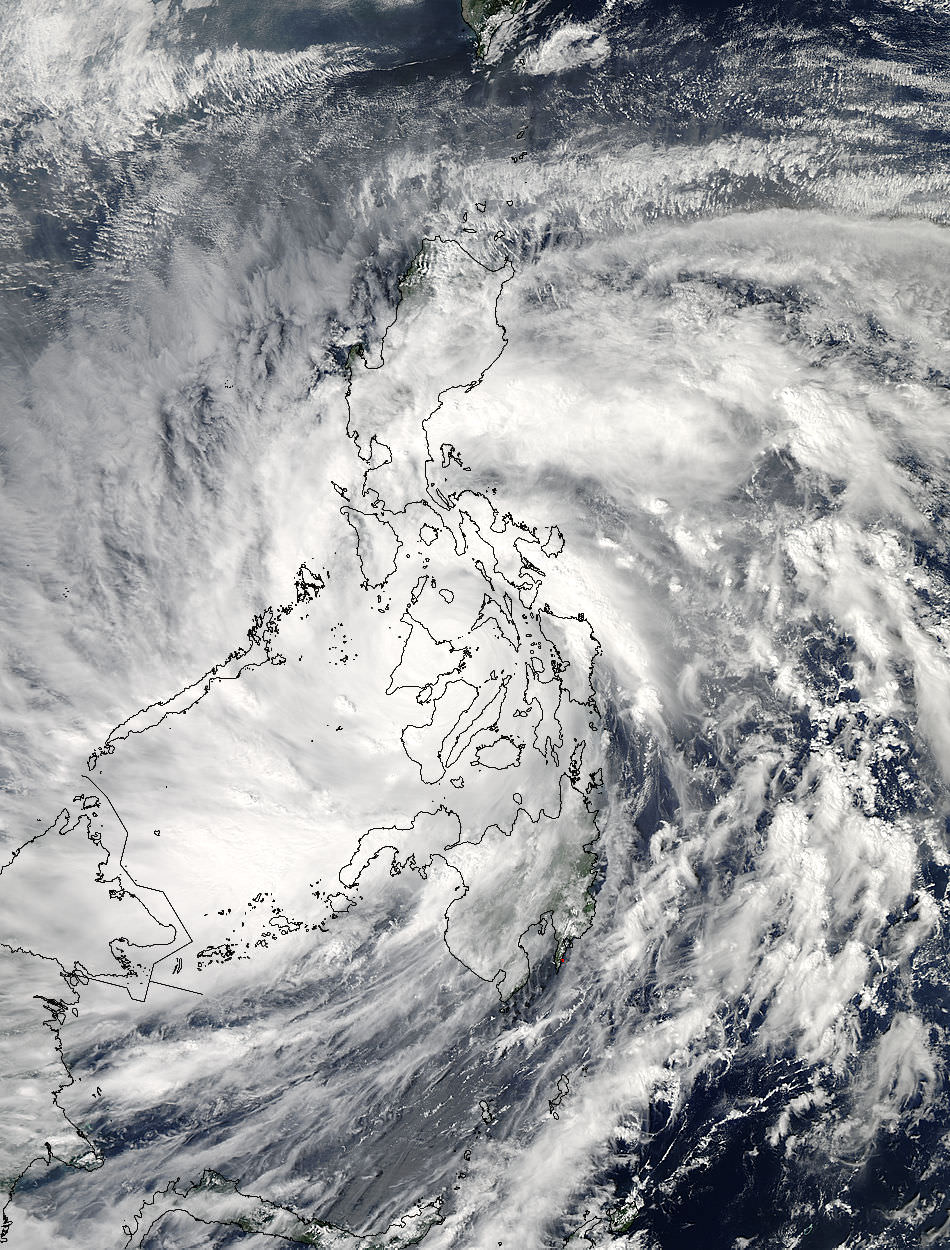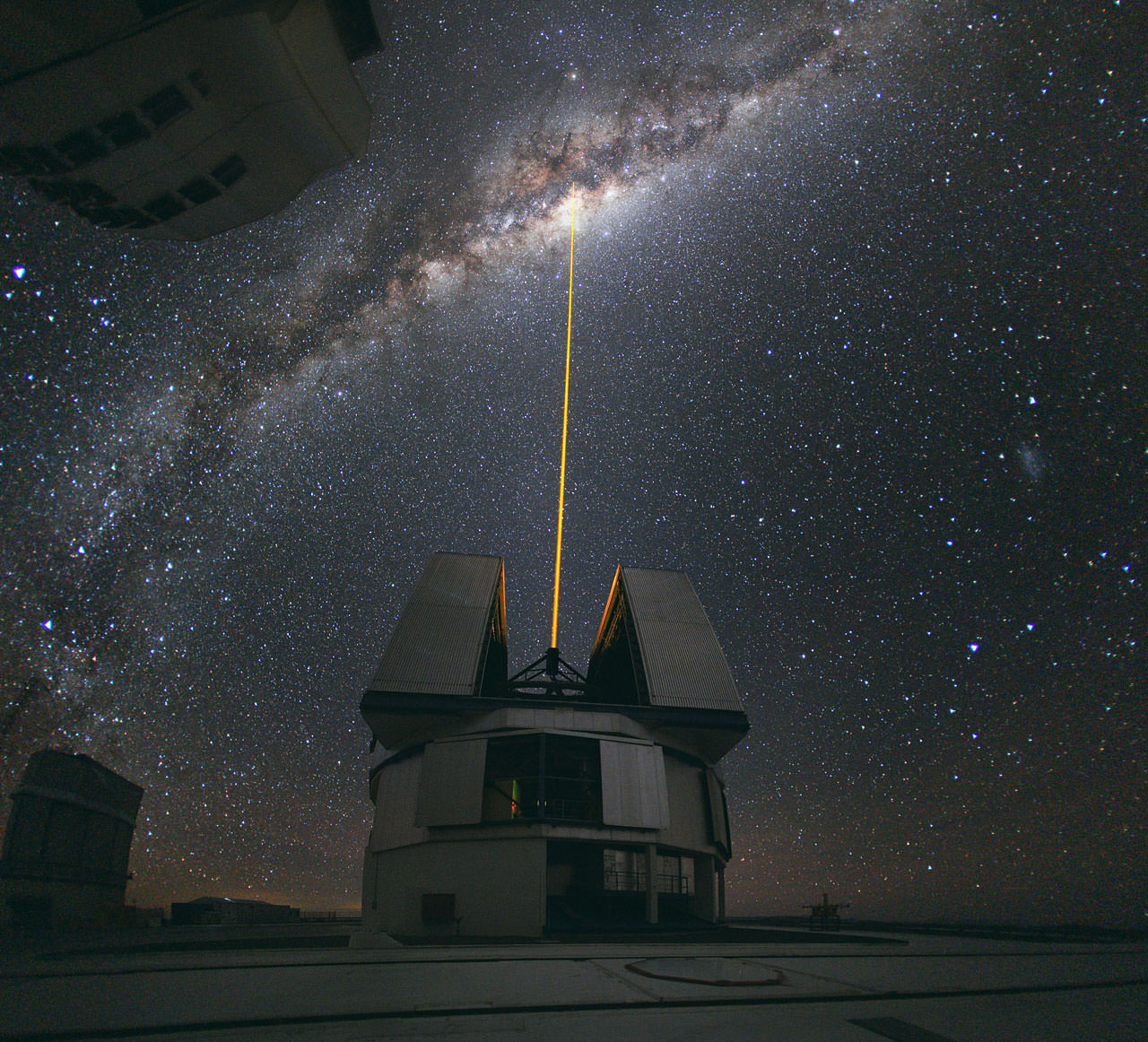OTTAWA, CANADA — With 6,000 hailstorm divots scarring a space shuttle external tank, and no backup immediately available to fly, NASA found itself with a problem in February 2007.
The STS-117 mission was supposed to carry solar panels and connecting trusses up to the station, so changing the shuttle rotation would affect construction. What to do?
“I’ve got this tank that takes us a bit over two years to manufacture, and essentially it looks like your car here that was peppered by a hailstorm, and what are we going to do?” said Bill Gerstenmaier, NASA’s associate administrator of the human exploration and operations directorate, speaking today (Nov. 14) at the Canadian Space Society’s annual summit in Ottawa, Canada.
“Mike Griffin was the administrator at the time. He said, ‘Get rid of that tank and put another one out there,’ and we didn’t have another one.”
To respond to the problem — based mostly on the word of two technicians who felt repairs were possible, Gerstenmaier said — NASA set out to fix the problem. Communications flew between the launch site in Florida and the manufacturer in New Orleans. NASA had a program that kept track of tiles on the shuttle, and modified it to take care of the dings. The mission lifted off successfully, using the repaired tank, in June 2007 — three months after the incident.

Gerstenmaier said this demonstrates that it’s possible to be innovative on reduced budgets, and drew parallels to what NASA is facing right now as it fights through fiscal 2014 budget discussions.
“We have to turn them not into a ‘woe is me’ kind of discussion, but rise above that and pull out the innovation, and that’s what we’re doing in this budget,” he said.
Reduced budgets have helped NASA make use of reduced resources before, he added. It encouraged the agency to tender out to commercial companies (such as SpaceX) for cargo flights to the space station, even though development would occur on the fly. Gerstenmaier, however, did not address concerns that the new budget could cut back commercial crew budgets even further.
Another example of past innovation by both NASA and the Canadian Space Agency, Gerstenmaier said, occurred when the space station’s Canadarm2 robotic arm was adapted to capture these commercial cargo vehicles and berth them into station. If the Canadians had been told in the 1990s — when the space station was just beginning — that the arm would have been required to do this, they likely would have balked, Gerstenmaier said.
While only touching lightly on the ongoing budget discussions, Gerstenmaier did say NASA is keeping an eye on the efforts of Canadian astronaut Chris Hadfield and others as it continues to develop outreach. He joked that the movie “Gravity” really showed the divide between space fans and the general public.
“We see it one way and [say] that isn’t physically correct … it doesn’t actually look like that in space. This is wrong,” he said. “Then the general public says ‘this is really stressful, she lost her child,’ — they’re in this other mode. We’re sitting next to each other in the theater. My non-space colleague is crying, and I’m saying this violates the law of physics.”
Some of Gerstenmaier’s past work in NASA includes top managerial positions in the shuttle//Mir program, space shuttle program integration, the International Space Station and NASA’s space operations directorate (where he oversaw the final 21 space shuttle missions.)

